CAT Practice Test: Month (March) - CAT MCQ
30 Questions MCQ Test - CAT Practice Test: Month (March)
In the given figure, straight line AB and CD intersect at O. IF ∠δ =3∠v, then ∠v = ?
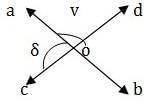

In a triangle ABC, the incentre is at 0. If ㄥBOC = 100°, find ㄥBAC.
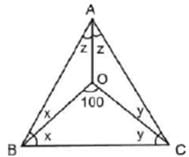

| 1 Crore+ students have signed up on EduRev. Have you? Download the App |
A rectangular enclosure 40 m x 36 m has a horse tethered to a corner with a rope of 14 m in length. What is the ratio of the respective areas it can graze if it is outside the enclosure and if it is inside the enclosure?
Read the passage below and solve the questions based on it.
The area of a square is equal to the area of a rectangle. Moreover, the perimeter of the square is also equal to the perimeter of the rectangle.
Q. The length of the rectangle is equal to the:
A quadrilateral is inscribed in a circle. If an angle is inscribed in each of the four segments outside the quadrilateral, then what is the sum of these four angles?
Sagar is 20% more efficient than Pranesh. If Pranesh can complete a piece of work in 30 days, then in how many days can both Sagar and Pranesh complete the work?
A factory manufactures dyes. It has 12 men and two machines which can be operated by all of its men. It takes 4 hours to manufacture one dye on the machine with the operator. The machines can work continuously without a break. Without the machine each of the men can manufacture a dye in 8 hours. The policy is such that the production is maximized and the men are ready to work in three shifts of 8 hours per day. What will be the average cost incurred per dye if 1 man hour costs Rs 20 and 1 machine hour costs Rs 15?
480 persons working 10 hours per day complete one-fourth of a work in 10 days. How many additional persons are to be employed in order to complete the remaining work in 20 days, working 8 hours per day?
Anil, Bhuvan and Chandan take 10,20 and 25 days to complete a job. What is the minimum time required to finish the job if not more than 2 of them work together on a single day and no two consecutive days have the same pair of people working?
Anuj can do a piece of work in a certain number of days. To do the same piece of work, Bhanu takes thrice the number of days as Anuj takes whereas Chandu takes thrice as many days as Bhanu does and Dodo takes thrice as many days as Chandu does. Now, they are paired and two groups are formed. The first pair takes one-third the time taken by the second pair to complete the work, which is the first pair?
A jeep travels a distance of 100 km at a uniform speed. If the speed of the jeep is 5 kmph more, then it takes 1 hour less to cover the same distance. The original speed of the jeep is:
Two athletes cover the same distance at the rate of 10 and 15 kmph respectively. Find the distance travelled when one takes 15 minutes longer than the other.
If Sita walks at 5 kmph, she misses her train by 10 minutes. If she walks at 7 kmph, she reaches the station 10 minutes early. How much distance does she walk to the station?
A friend is spotted by Lalloo at a distance of 200 m. When Lalloo starts to approach him, the friend also starts moving in the same direction as Lalloo. If the speed of his friend is 15 kmph, and that of Lalloo is 20 kmph, then how far will the friend have to walk before Lalloo meets him?
A person going from Pondicherry to Ootacamond travels 120 km by steamer, 450 km by rail and 60 km by horse transit. The journey occupies 13 hours 30 minutes, and the speed of the train is three times that of the horse-transit and 1(1/2) times that of the steamer. Find the speed of the train.
A right circular cone of radius K cm and height 24 cm rests on the base of a right circular cylinder of radius K cm (their bases lie in the same plane, as shown in the figure). The cylinder is filled with water to a height of 24 cm. If the cone is then removed, to which height will the water fall?
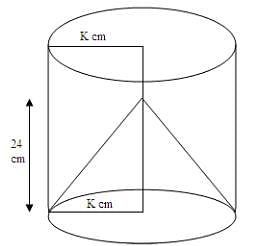
The curved surface areas of two spheres are in the ratio of 1 : 4. Find the ratio of their volumes.
The ratio of the volume of a sphere to its surface area is
A right-circular cone is carved out of a cube having the same height and radius, equal to half the side of the cube. What is the ratio of the volume of the carved cone to that of the cube left after carving?
The sector of a circle with radius 10 cm and angle 120° is rolled up such that the two bounding radii are joined together to form a cone. Find the volume of the cone.
Directions to Solve: In each of the questions below consists of a question and two statements numbered I and II given below it. You have to decide whether the data provided in the statements are sufficient to answer the question. Read both the statements and
Give answer:
- (A) If the data in statement I alone are sufficient to answer the question, while the data in statement II alone are not sufficient to answer the question
- (B) If the data in statement II alone are sufficient to answer the question, while the data in statement I alone are not sufficient to answer the question
- (C) If the data either in statement I alone or in statement II alone are sufficient to answer the question
- (D) If the data given in both statements I and II together are not sufficient to answer the question and
- (E) If the data in both statements I and II together are necessary to answer the question.
Question: Who among P, Q, R, S and T is the lightest?
Statements:
I.R is heavier than Q and T but lighter than S.
II.S is not the heaviest.
Directions to Solve: In each of the questions below consists of a question and two statements numbered I and II given below it. You have to decide whether the data provided in the statements are sufficient to answer the question. Read both the statements and
Give answer:
- (A) If the data in statement I alone are sufficient to answer the question, while the data in statement II alone are not sufficient to answer the question
- (B) If the data in statement II alone are sufficient to answer the question, while the data in statement I alone are not sufficient to answer the question
- (C) If the data either in statement I alone or in statement II alone are sufficient to answer the question
- (D) If the data given in both statements I and II together are not sufficient to answer the question and
- (E) If the data in both statements I and II together are necessary to answer the question.
Question: How is T related to K?
Statements:
I.K has two sons; one of the sons is A.
II.The mother of T has only two sons - Aand B.
Directions to Solve: In each of the questions below consists of a question and two statements numbered I and II given below it. You have to decide whether the data provided in the statements are sufficient to answer the question. Read both the statements and
Give answer:
- (A) If the data in statement I alone are sufficient to answer the question, while the data in statement II alone are not sufficient to answer the question
- (B) If the data in statement II alone are sufficient to answer the question, while the data in statement I alone are not sufficient to answer the question
- (C) If the data either in statement I alone or in statement II alone are sufficient to answer the question
- (D) If the data given in both statements I and II together are not sufficient to answer the question and
- (E) If the data in both statements I and II together are necessary to answer the question.
Question: What is the shortest distance between Devipur and Durgapur ?
Statements:
I.Durgapur is 20 kms away from Rampur.
II.Devipur is 15 kms away from Rampur.
Directions to Solve: In each of the questions below consists of a question and two statements numbered I and II given below it. You have to decide whether the data provided in the statements are sufficient to answer the question. Read both the statements and
Give answer:
- (A) If the data in statement I alone are sufficient to answer the question, while the data in statement II alone are not sufficient to answer the question
- (B) If the data in statement II alone are sufficient to answer the question, while the data in statement I alone are not sufficient to answer the question
- (C) If the data either in statement I alone or in statement II alone are sufficient to answer the question
- (D) If the data given in both statements I and II together are not sufficient to answer the question and
- (E) If the data in both statements I and II together are necessary to answer the question.
Question: Manoj, Prabhakar, Akash and Kamal are four friends. Who among them is the heaviest ?
Statements:
I.Prabhakar is heavier than Manoj and Kamal but lighter than Akash.
II.Manoj is lighter than Prabhakar and Akash but heavier than Kamal.
Directions to Solve: In each of the questions below consists of a question and two statements numbered I and II given below it. You have to decide whether the data provided in the statements are sufficient to answer the question. Read both the statements and
Give answer:
- (A) If the data in statement I alone are sufficient to answer the question, while the data in statement II alone are not sufficient to answer the question
- (B) If the data in statement II alone are sufficient to answer the question, while the data in statement I alone are not sufficient to answer the question
- (C) If the data either in statement I alone or in statement II alone are sufficient to answer the question
- (D) If the data given in both statements I and II together are not sufficient to answer the question and
- (E) If the data in both statements I and II together are necessary to answer the question.
Question: How is A related to D ?
Statements:
I.B is the brother of A.
II.B is D's son.
Directions: Study the following graph and answer the question that follows.
POWER PRODUCTION OF A COMPANY (IN MILLION WATTS)
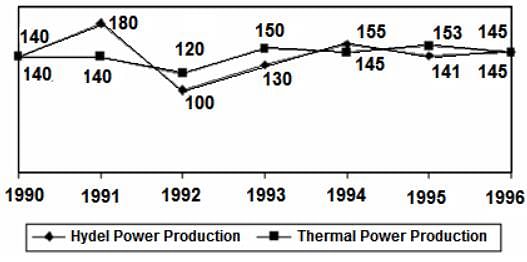
Q. What is the difference between the peak hydel power production and the least Hydel Power Production ?
Directions: Study the following graph and answer the question that follows.
POWER PRODUCTION OF A COMPANY (IN MILLION WATTS)
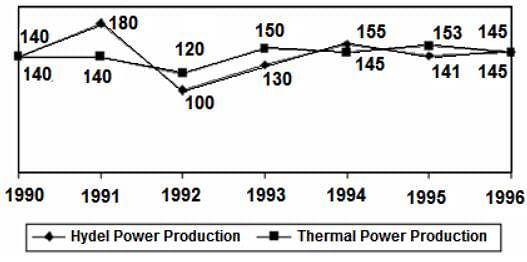
Q. In which year is the total power production (thermal + hydel) the greatest?
Directions: Study the following graph and answer the question that follows.
POWER PRODUCTION OF A COMPANY (IN MILLION WATTS)
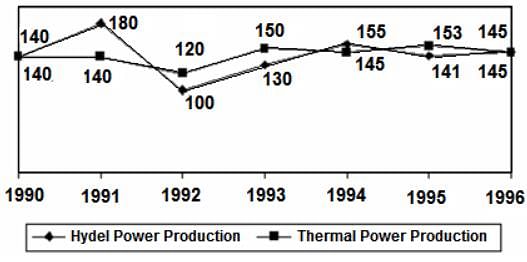
Q. What is the average thermal power production for the period 1990-1996?
Directions: Study the following graph carefully and answer the question given below.
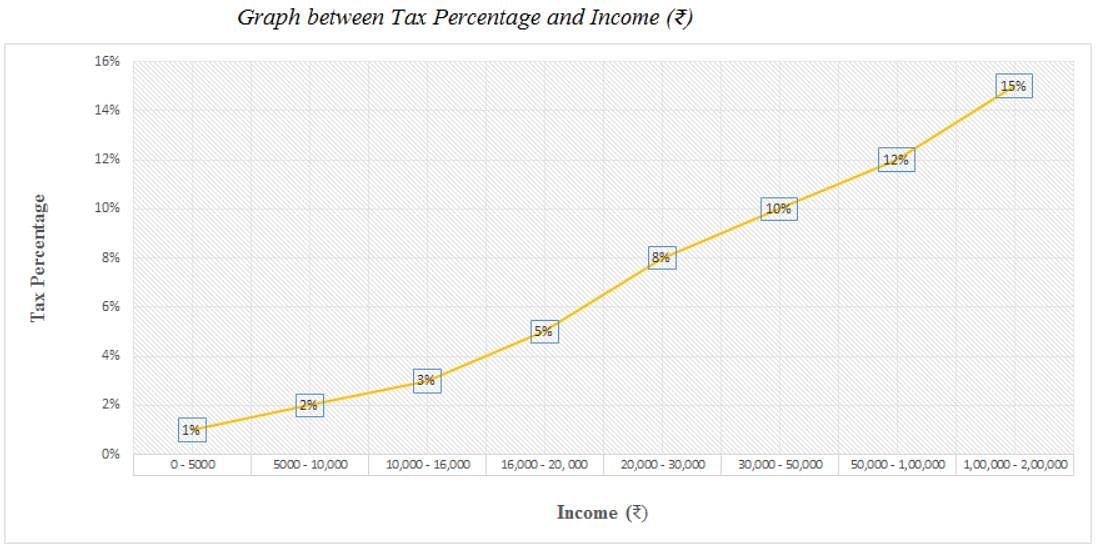
Q. If the population of a city is 35,000 and the average income of a person in that city is Rs. 25,000 per annum, then what is the total amount of tax paid by all the persons of that city?
Directions: Study the following graph carefully and answer the question given below.
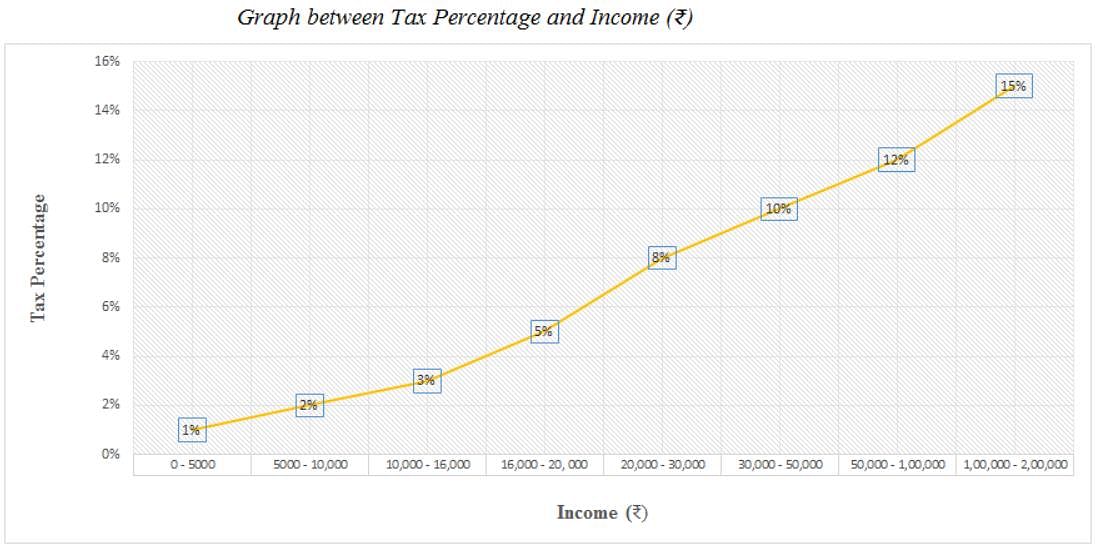
Q. What is the total amount of tax on an income of Rs. 9000 and an income of Rs. 2000?



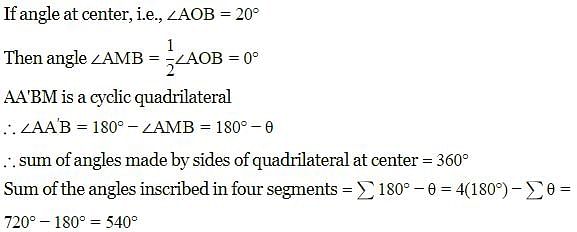
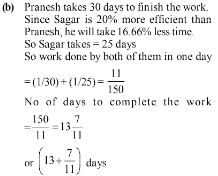

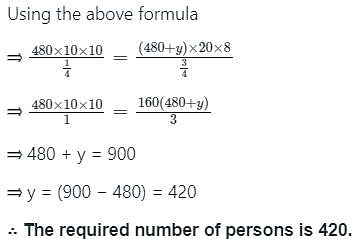








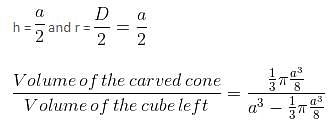







 = 141.85 million watts
= 141.85 million watts














